Tracing Shapes Worksheets Activities With Answers for 7-Year-Olds
9 filtered results
-
From - To
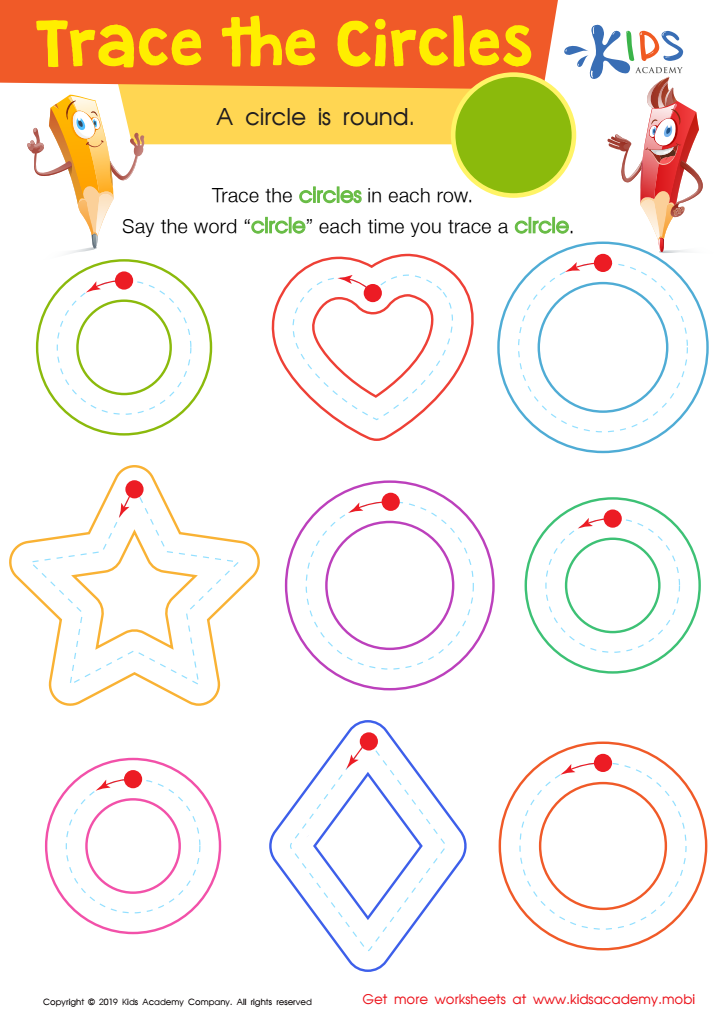

Trace The Circles Worksheet
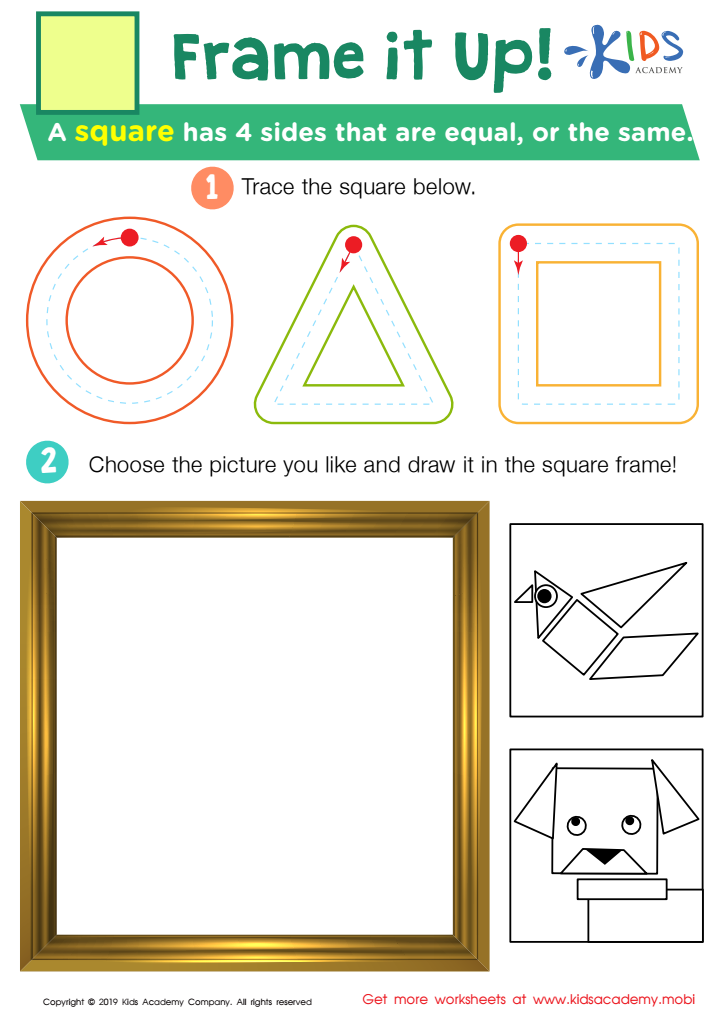

Frame it Up Worksheet
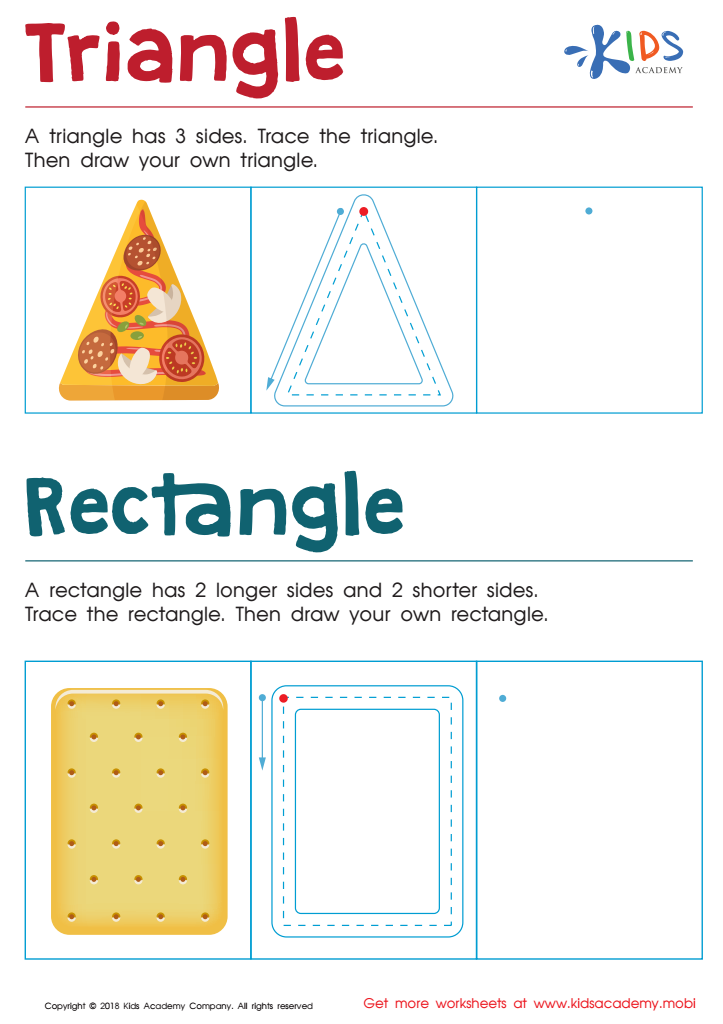

Triangle Rectangle Worksheet
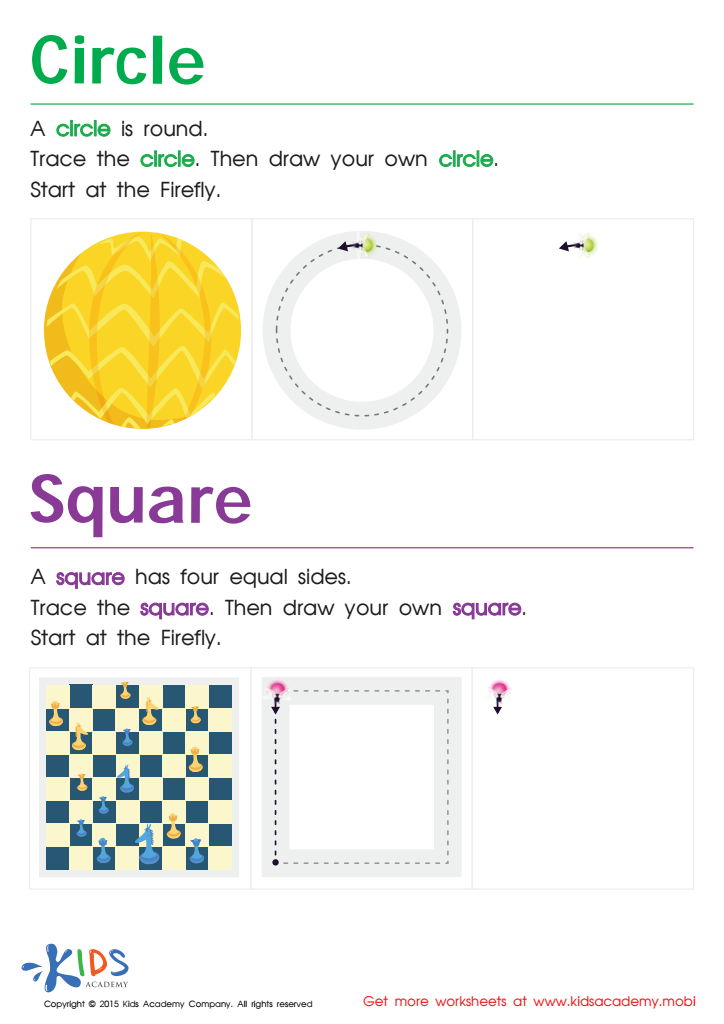

Trace And Draw a Circle And a Square Worksheet
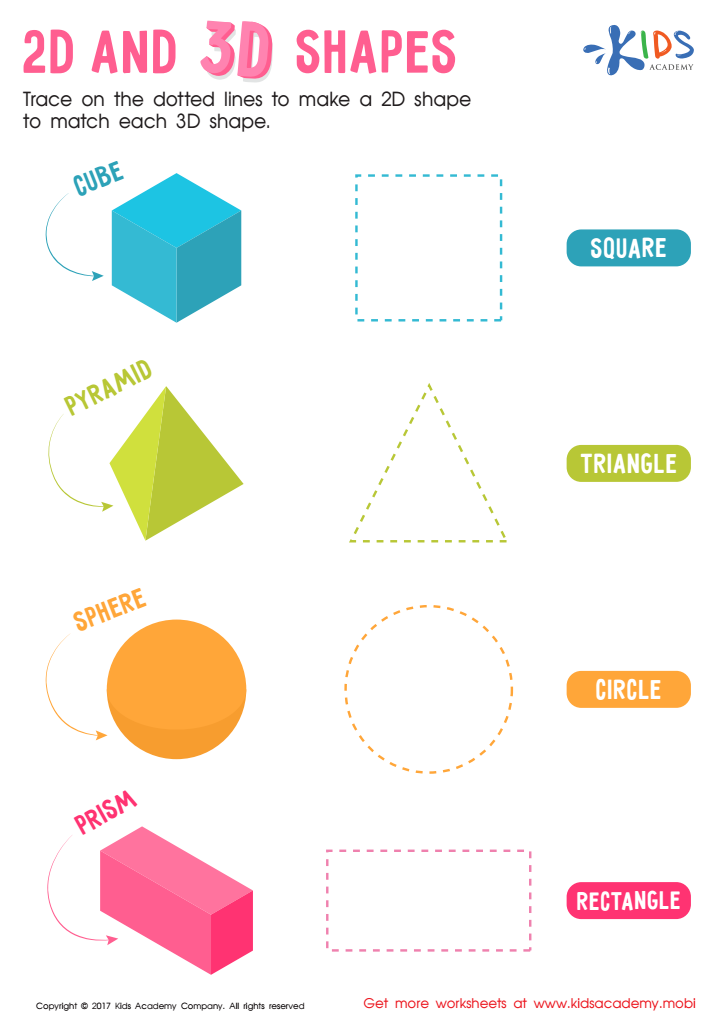

2D and 3D Shapes Worksheet


Drawing with a Little Monster Worksheet


Trace and Draw More Shapes Worksheet
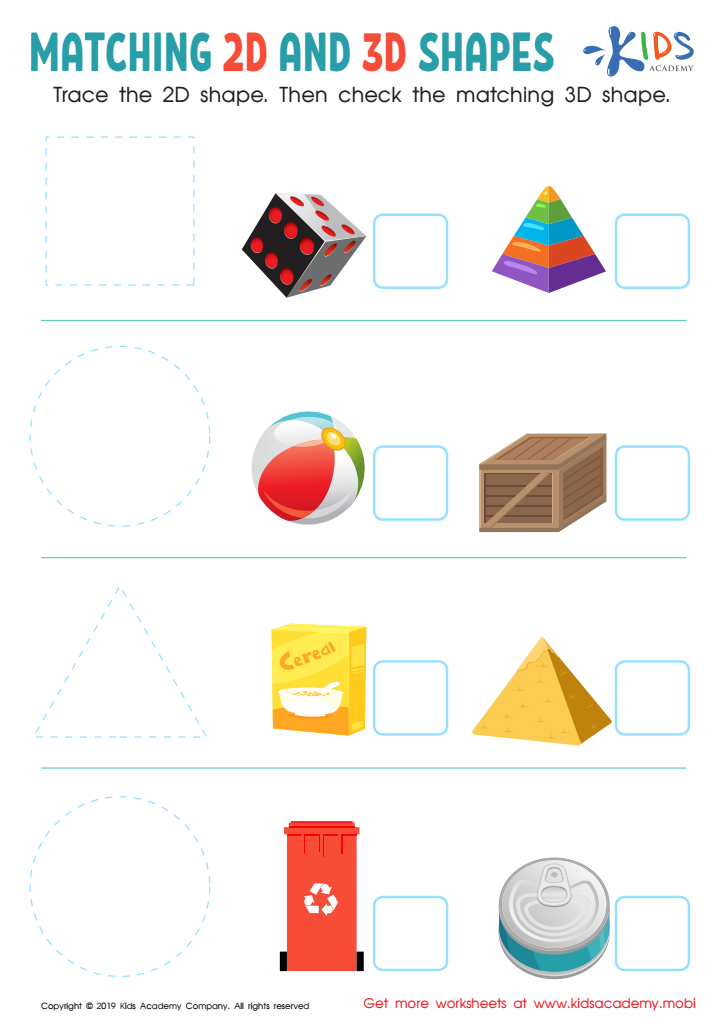

Matching 2D and 3D Shapes Worksheet
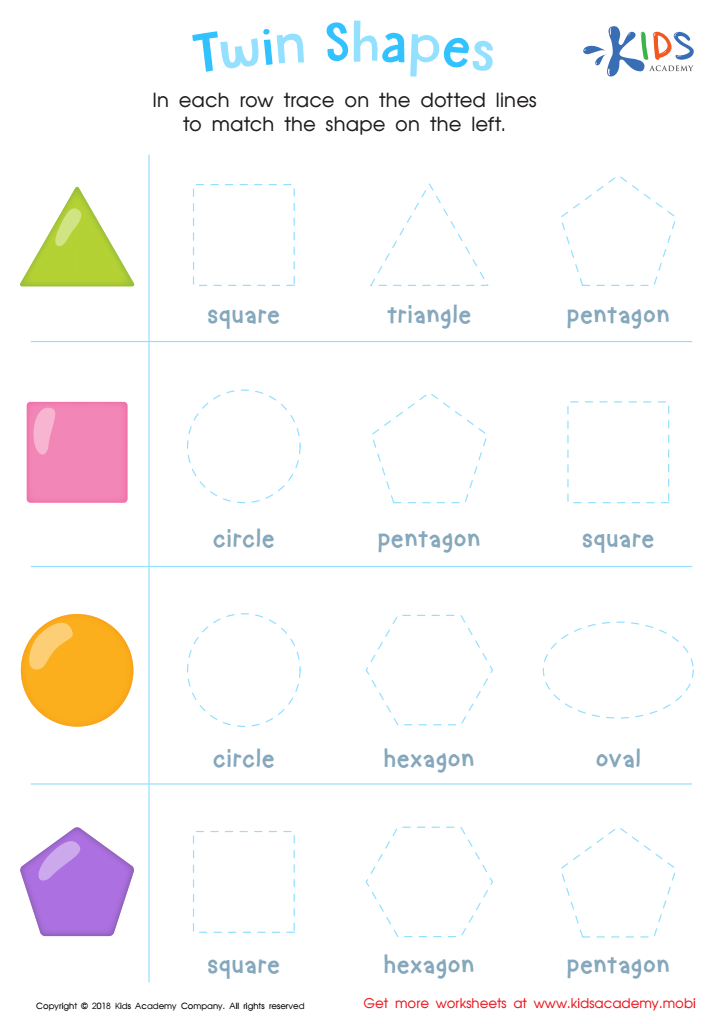

Twin Shapes Dot-to-Dot Worksheet
Tracing Shapes Worksheets Activities with Answers are an invaluable resource for parents, educators, and therapists seeking to cultivate a strong foundation in early geometry skills among children. These carefully designed activities serve multiple purposes, making them a must-have in the collection of educational tools. Here’s why Tracing Shapes Worksheets Activities with Answers stand out as exceptionally useful:
-
Development of Fine Motor Skills: Tracing shapes requires control, coordination, and movement of the small muscles in a child's hand. By engaging in these activities, children strengthen their fine motor skills, which are crucial for tasks such as writing, buttoning, and using scissors.
-
Enhancement of Cognitive Abilities: These worksheets challenge children to recognize different shapes, encouraging cognitive development. As they trace, children learn to identify and differentiate between circles, squares, triangles, and more, laying the groundwork for mathematical understanding.
-
Boosting Confidence through Immediate Feedback: The inclusion of answers provides immediate feedback, which is instrumental in the learning process. Children can check their work against the answers, allowing them to learn from mistakes and celebrate successes, boosting their confidence and encouraging a positive attitude towards learning.
-
Preparation for More Complex Mathematical Concepts: Tracing shapes is not only about geometry. It sets the stage for understanding more complex mathematical concepts. Recognizing shapes is the first step towards visualizing and solving problems related to space, size, and the properties of different objects.
-
Promoting Attention to Detail: As children trace shapes, they learn to pay attention to detail. This skill is valuable not just in academic pursuits but in everyday life. It encourages thoroughness and precision, traits that are beneficial across various disciplines and activities.
In summary, Tracing Shapes Worksheets Activities with Answers are not just about drawing lines around shapes. They are a comprehensive educational tool that promotes fine motor skills, cognitive development, confidence through feedback, and lays the foundation for future learning. They foster attention to detail and prepare children for more complex concepts, making them an essential part of early education.
 Assign to My Students
Assign to My Students
















